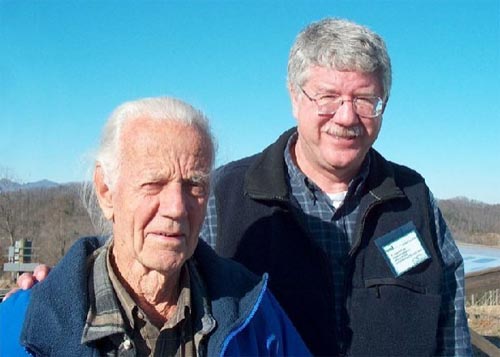We typically would stay for two weeks at the park, and make sure someone was with the telescope during the day. We were most concerned that no one turned these telescopes into the sun. That was one of the big problems with a telescope left out during the daylight hours in the parks. One time in Death Valley we witnessed parents allowing their children to play inside the telescopes. One time at Glacier Pt. we saw children playing inside the telescopes and climbing on them. Sometimes they would throw things into them.
At Zion and Yosemite national park we received a stipendium from their natural history associations and were treated as official Volunteers-in-the-Parks. I think we have visited a total of about twelve national parks and monuments. We are still active each winter at Death Valley because Bill Clarke there made us unpaid employees, which allowed the group to be covered for insurance purposes and we could camp without being charged fees.
Was there anyone in particular who recognized the potential of the Sidewalk Astronomers as park partners and park volunteers?
At Crater Lake one of the naturalists, Hank Tanski, made us Volunteers-in-Parks and got us a food allowance. When the treasurer of the natural history association at Zion heard that more than three thousand people had used our equipment in six days and nights, he wrote us a check for $500. Dave Karraker in Yosemite really understood how things should be done. He saw the value of the Sidewalk Astronomers and wanted to have us give our slide shows in an amphitheater that would eventually replace the location of the portable toilets at Glacier Point. He envisioned that we would have several telescopes arranged along pathway where the old Glacier Point Hotel had been, and have people walk from telescope to telescope. A Sidewalk Astronomer volunteer would be at each telescope to make fine adjustments and tell the viewer what they were seeing. Sadly, Dave Karraker left Yosemite and this idea never was truly realized. He once said that if the National Park Service were to have a formal night sky program, the Park Service would have to purchase the telescopes, house them, and then have to hire someone to maintain the telescopes. But with the Sidewalk Astronomers, they could tour more than just one national park for only $5,000 a season.


